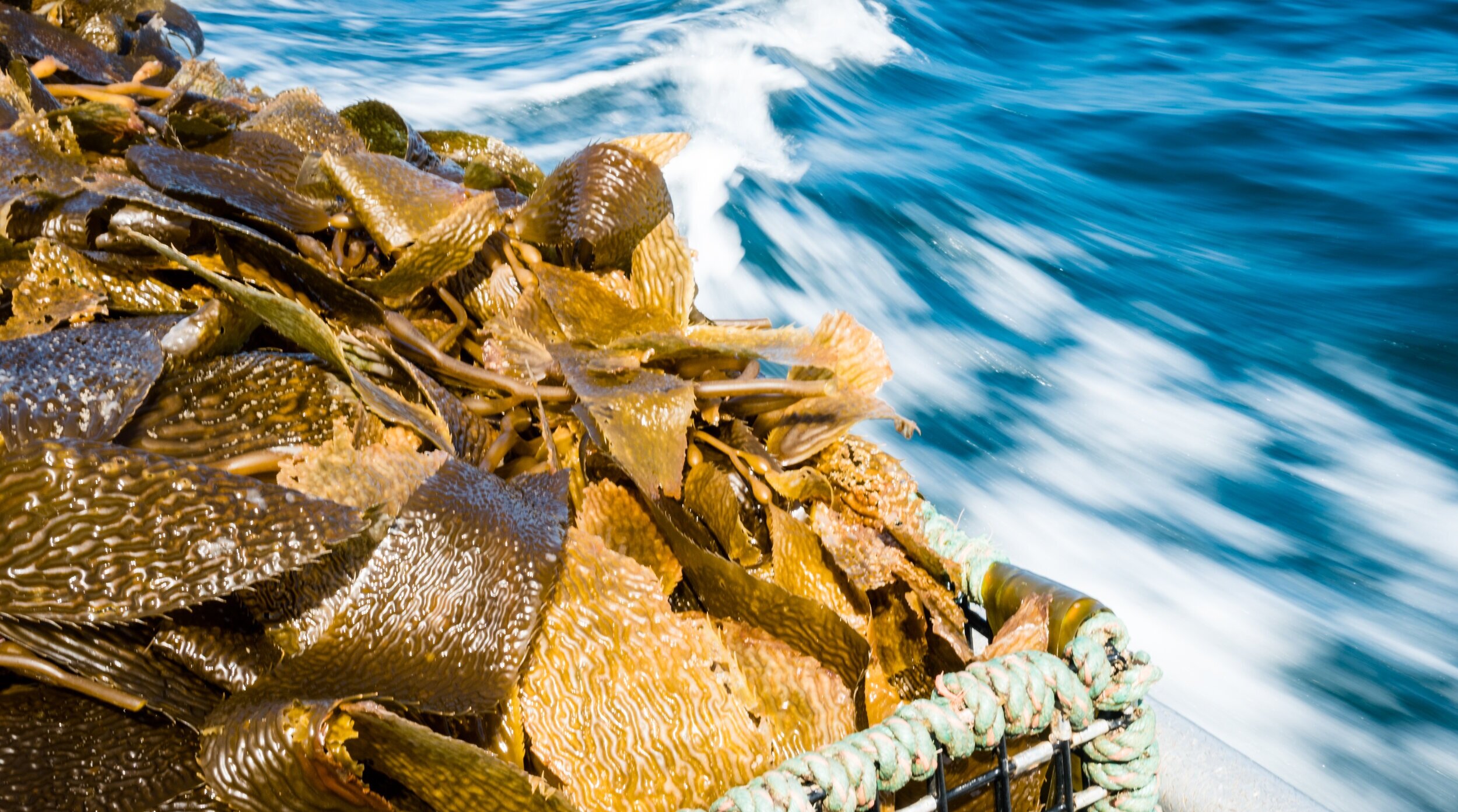Our Story
How California’s only In-Ocean Abalone Farm Works
Co-owners Art Seavey and Trevor Fay are hands-on in every phase of the cultivation and harvest on a daily basis. Their operating goal is to duplicate the abalone's natural environment of growth in the ocean, so they arrive at the table as natural seafood of the highest quality.
Eco-farming in the Monterey Bay
Their custom cultivation system uses cages suspended in the water column from beneath the Commercial Wharf in Monterey Bay to produce virtually natural abalone habitats. The farm is fully compatible with the local marine environment and resources.
They start with “seed” abalone from hatcheries; the seeds are only about an inch in shell length and weigh just a fraction of an ounce. As the abalone grow, the number of abalone per habitat is reduced to maintain desired growth rates. The fastest growing abalone are selected for grow out to the largest sizes. California red abalone can grow as fast as inch per year under optimal conditions. It takes about four years to grow the abalone to market size; at least at 3 ½ inches in shell length and weigh a quarter-pound live weight.
Feeding Our Abalone
The abalone are fed fresh, hand-harvested giant kelp (Macrocystis). The kelp is harvested each week from the local kelp beds and is transported in the company's skiff directly to the farm and then fed to the abalone.
Giant kelp is one of the fastest growing plants on earth. Fronds have been measured to grow as much as 3 feet per day under ideal conditions. In this region kelp grows about 14-18 inches per day. Kelp is abundant along the rocky coast of the Monterey Peninsula, particularly in the spring, summer and fall. During the winter, storms and less favorable growing conditions make the kelp canopy less abundant. The Monterey Abalone Company and other local kelp harvesters coordinate through the Monterey Kelp Cooperative to ensure that harvests are sustainable and that other uses of this vital natural resource are not impaired.
The Wharf
Owned by the City of Monterey, the Commercial Wharf was constructed in 1926 and its location provides for strong tidal action and surge, creating good water quality for abalone farming. The configuration of the wharf benefits the farm by shading the abalone growing under it. It also provides superior access to the abalone, electricity to power lighting and equipment, and protection for our farm's workers from the elements.
Prior to the arrival of the Monterey Abalone Company, the area below the wharf had never been utilized. Now it is an innovative, successful, environmentally-sound work space in a stimulating marine environment that contributes to the local economy, while producing some of the finest abalone for resorts, restaurants and individuals across the United States.

